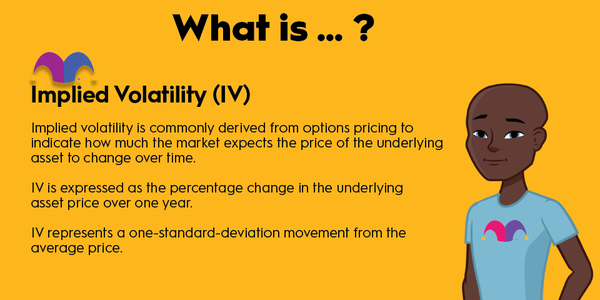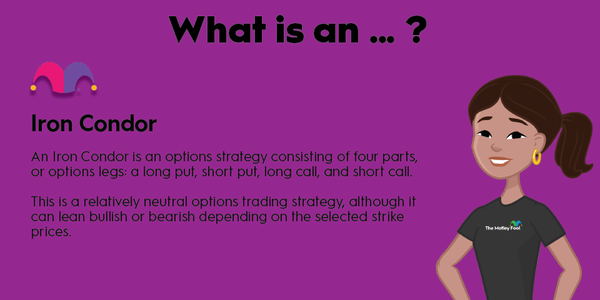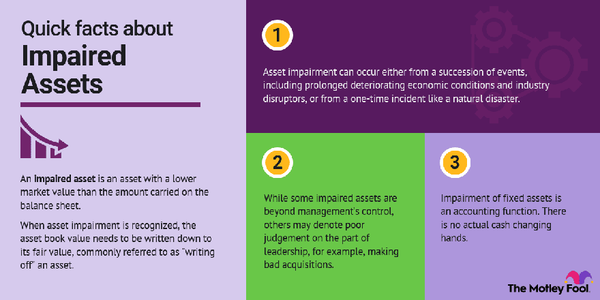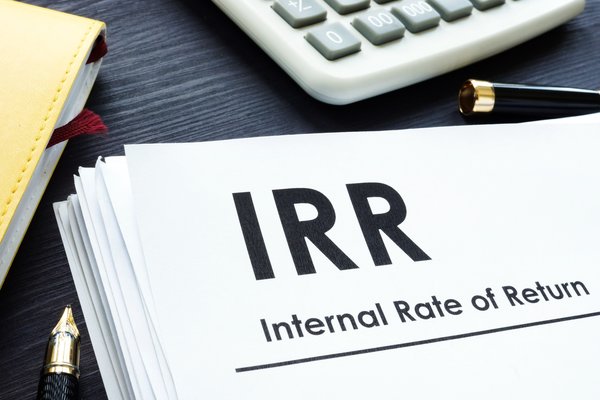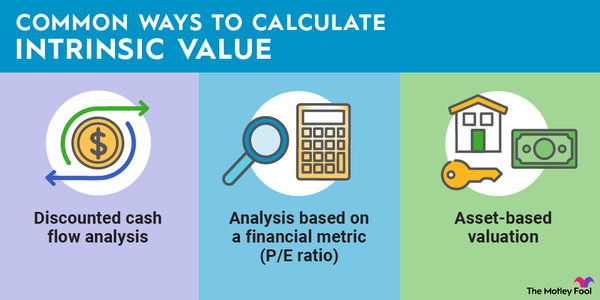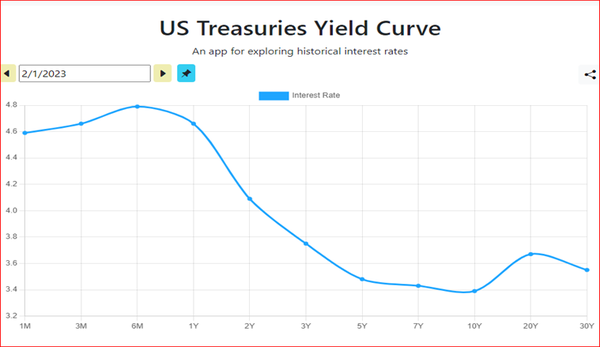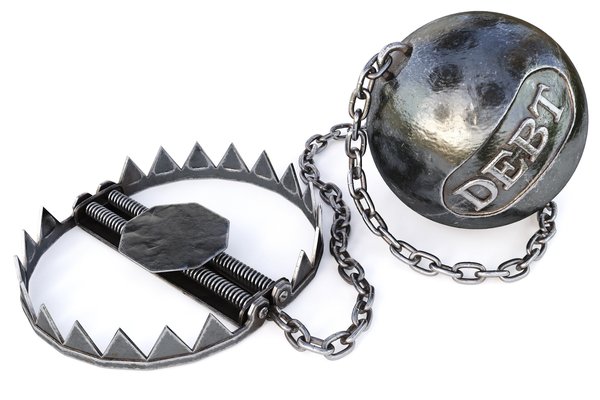If you're new to investing or trying to change how you invest to be more efficient and coordinated, perhaps the most important concept to understand is the investing time horizon. Beyond all other things, your investing time horizon will help determine what you invest in and how.

What is it?
What is an investing time horizon?
An investing time horizon is the time you have to reach your investment goals. It sounds pretty simple, but it can require a lot of patience and thought to choose the right investment and hold it for the right length of time. Most people have different investing time horizons for different goals or adjust their strategies and horizons as time passes.
Your investing time horizon also depends on what kind of investment interests you and how much time you will need to reach your goal. For example, The Motley Fool recommends a five-year investing time horizon for anyone investing in stocks. But if you want to invest in certificates of deposit (CDs), for example, you may still get a decent return from a very short investing time horizon -- often as short as six months to a year.
Variations
How are investing time horizons defined?
Investing time horizons aren't set in stone, but there are some loose definitions surrounding the general consensus:
- Short-term investment time horizon. This is a very short investment period, ranging from a few months to no more than five years. Three years is a pretty typical short-term investing time horizon for very safe investments.
- Mid-term investment time horizon. Most mid-term investments are held from three to 10 years, although some may define this period as five to 10 years. This period allows for some risk, depending on the investment that interests you. Stocks can easily rally in this period, even if they wobble during the first year or two of ownership.
- Long-term investment time horizon. Long-term investments are those held for 10 years or longer. Long-term investors are generally pursuing retirement savings, although that isn't always the case. With a long investment horizon, you can afford to take some pretty big risks, as long as your entire portfolio isn't a cliff-hanger.
Choosing one
Choosing an investing time horizon
Your investing time horizon should correspond with the amount of time you have to reach your investment goal. For example, if you're saving for a vacation you've planned to take in three years, you might as well get some interest with your savings. This would be a great match to a mutual fund, which will provide a remarkably safe harbor for your money and help it grow.
The risks you take with your money depend greatly on how much time remains for your portfolio to recover if something unforeseen happens in the economy or the stock market. If you have a very long investment time horizon, you could even survive a bear market, confident your investments will rebound. This amount of risk helps your investment grow more quickly, although it does create a true chance for loss.
Of course, you can use safer investments on a longer time horizon, too, but you miss out on a great deal of growth opportunity by being too cautious. There's always a balance between risk and investing time horizon, and it's different for everyone.
Related investing topics
Why they matter
Why do investing time horizons matter to investors?
Investing time horizons matter to investors because they help them choose the right investments for their goals. Most investors will have investment mixes with different time horizons. For example, a long-term stock investor will likely pair their stock portfolio with a medium-term bond portfolio and keep extra cash in a mutual fund or CD so that the money can grow beyond what's possible with a standard savings account.
By mixing and matching investing time horizons and understanding the time frames that make the best sense for different kinds of holdings, you can truly maximize what your money can do in the longer term. Since most investors worry primarily about retirement, the goal for once is to actually be the kid with the most toys at the end. Understanding investing time horizons will make that possible, no matter how much you start with.

